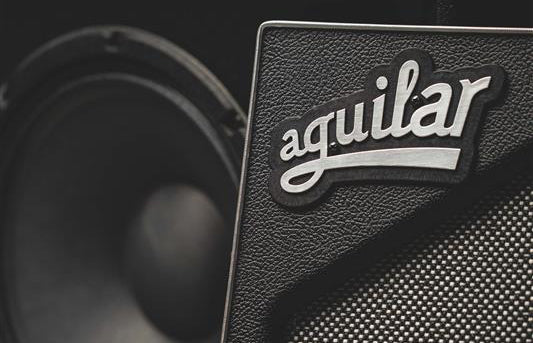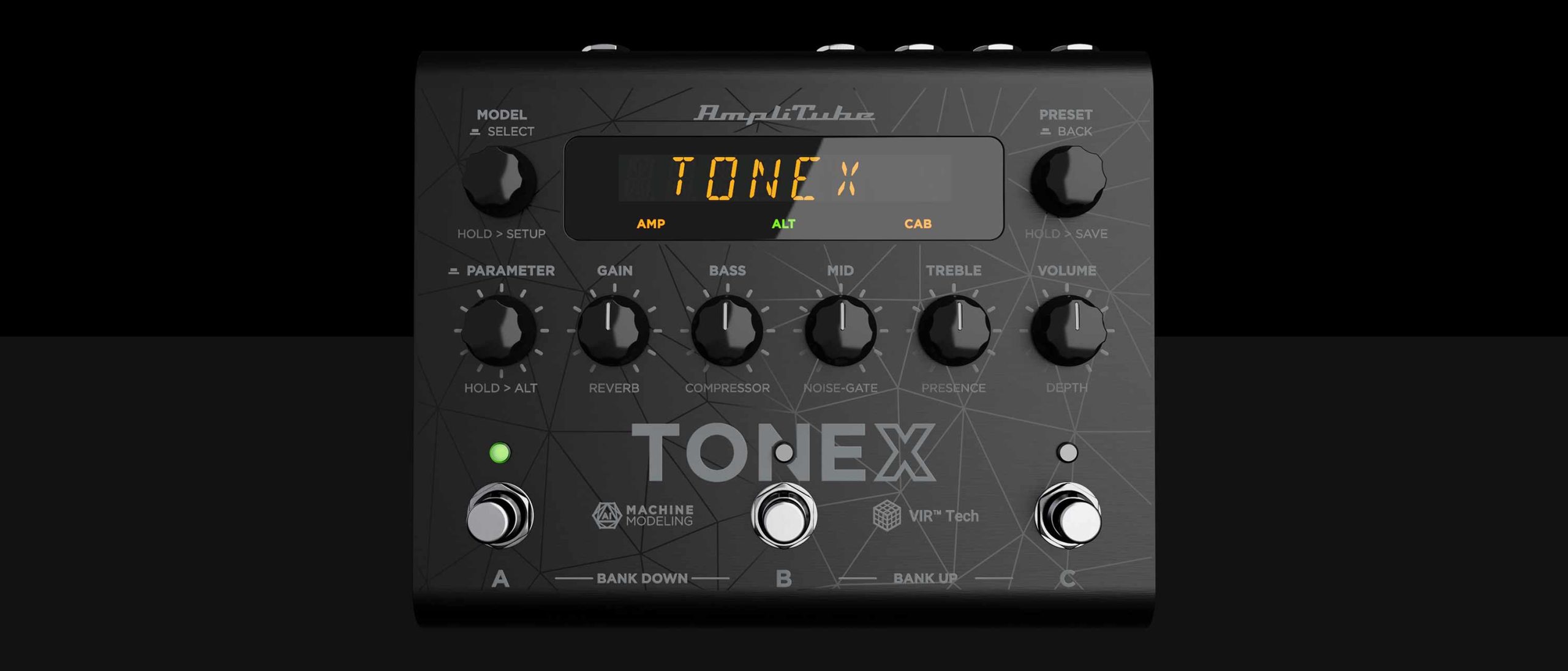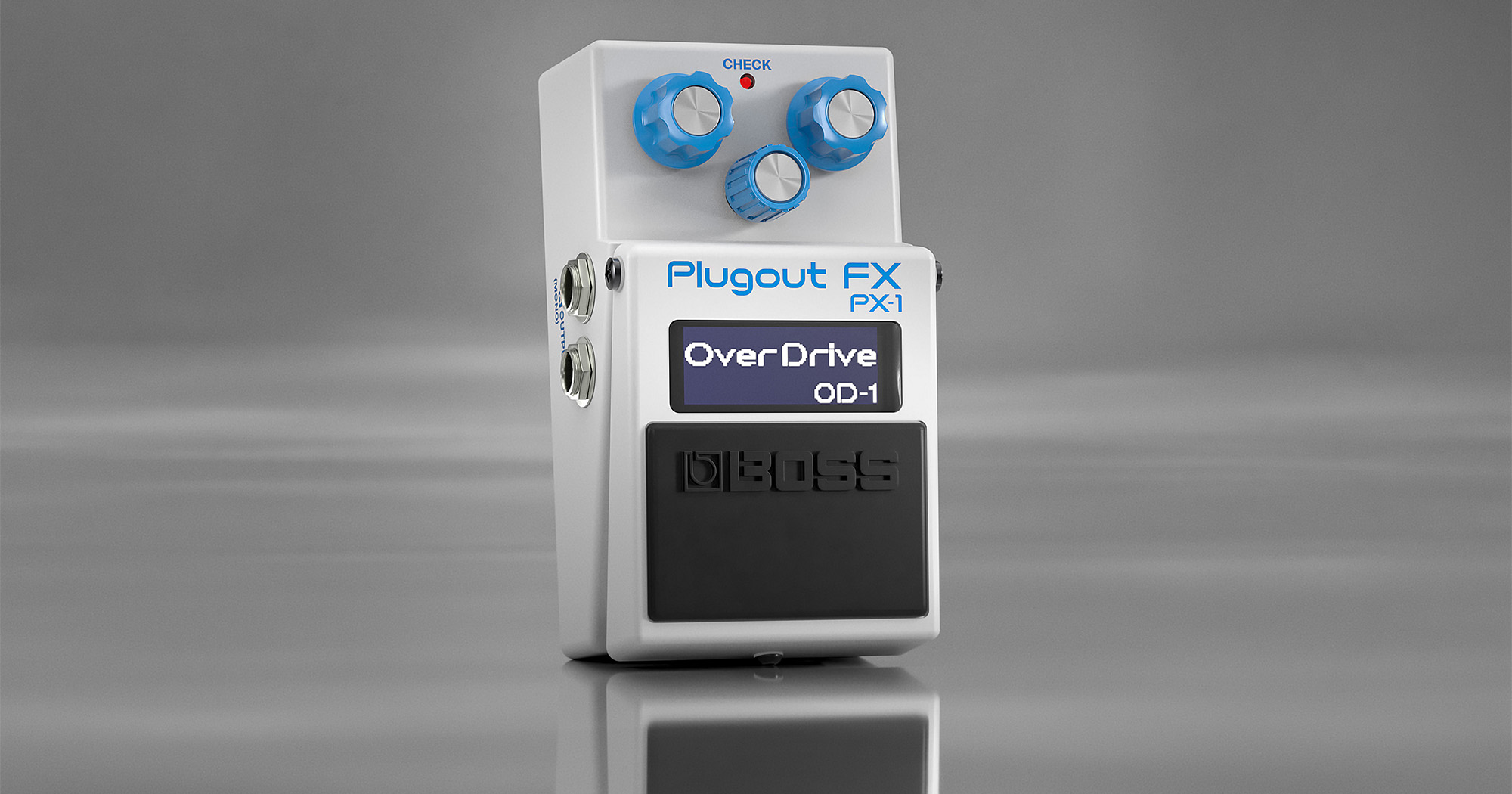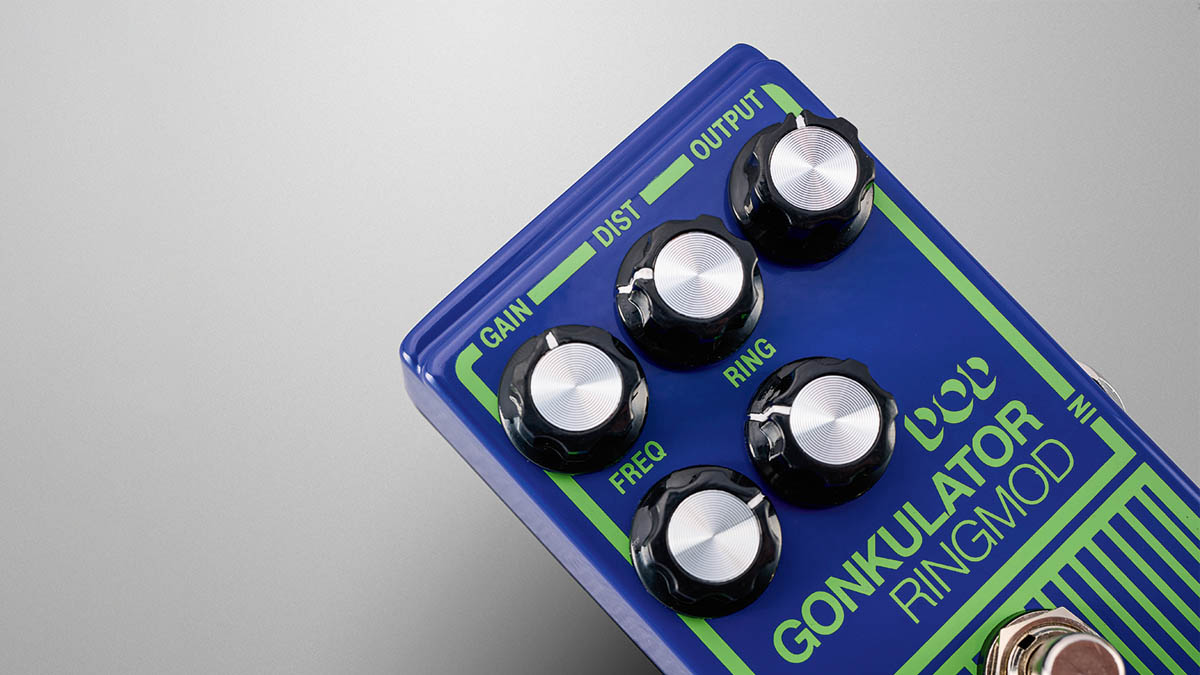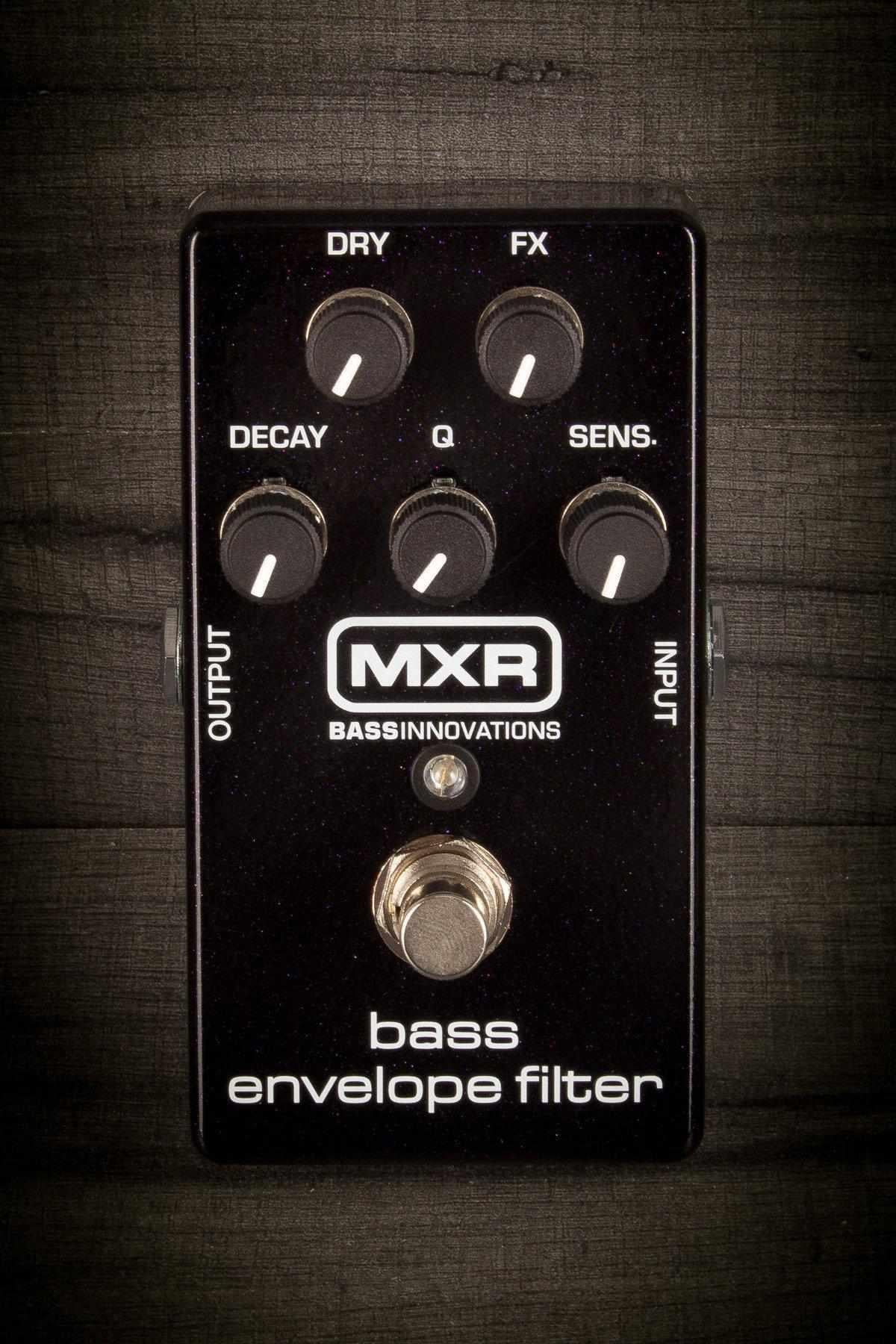
MXR Bass Envelope Filter – Classic Funk for Every Bass Player: Pedal Review (2025)
A Classic Funk Pedal for Every Bass Player Introduction The MXR Bass Envelope Filter (M82) has earned its reputation as one of the most reliable and expressive filter pedals on the market. It’s compact, intuitive, and versatile enough for players of every style. More importantly, it has already cemented itself as a classic—used worldwide by both professional bassists on major stages and amateur players in rehearsal rooms. If you’re looking for that unmistakable funky sweep, this is the pedal that delivers. TL;DR The MXR Bass Envelope Filter is a pedalboard staple that offers dynamic, responsive funk tones without sacrificing low-end clarity. Its blend of simplicity and depth makes it a go-to for beginners and pros alike. Check Price on Amazon –> Brief History MXR has long been a trusted name in the world of effects, particularly with its no-nonsense designs and rugged builds. When they turned their attention to bass-specific filtering, they delivered the M82—a pedal designed to capture the character of vintage envelope filters while providing modern control and reliability. Over the years, the M82 has become a standard choice for bassists across genres, from funk and R&B to rock and fusion. Controls The M82 features five intuitive knobs that let you shape your sound with precision: This straightforward control scheme makes it easy to dial in everything from subtle textures to exaggerated, vocal-like sweeps. Build and Design True to MXR’s legacy, the Bass Envelope Filter is built like a tank. The compact, sturdy enclosure fits neatly on any pedalboard, while the straightforward layout ensures no confusion on stage or in the studio. True bypass switching preserves your tone when disengaged, and the pedal can be powered either by a 9V battery or standard adapter. It’s designed for bassists who need reliability without fuss. Sounds This pedal is all about funk—but it doesn’t stop there. It responds dynamically to your touch, opening and closing in response to how hard or soft you play. Fingerstyle, slapping, or picking all trigger unique tonal flavors. The combination of Dry and FX controls ensures that even the wildest sweeps don’t overpower your low-end foundation. The result is expressive, vocal-like tones that cut through a mix without ever sacrificing bass presence. Uses The MXR Bass Envelope Filter is versatile enough to find a home in many styles: Whether you’re chasing Bootsy-style funk or just looking to add a touch of movement to your lines, this pedal adapts. Pros and Cons Pros: Cons: FAQs Q: Can I use the M82 with guitar?Yes, though it was designed for bass, it works well with guitar too. Q: Does it suck tone when off?No—the true bypass design keeps your signal clean when disengaged. Q: Is it good for slap bass?Absolutely. The pedal excels at highlighting slap and pop techniques. Conclusion The MXR Bass Envelope Filter has rightfully earned its status as a classic. It’s a pedal that marries funk heritage with modern reliability, making it indispensable for bassists everywhere. From bedroom practice to world tours, its balance of playability, durability, and tone ensures it remains a favorite among both professionals and amateurs. If you’re looking to bring motion, character, and pure funk to your bass sound, the M82 is a must-have. Ready to add classic funk to your sound? Order the MXR Bass Envelope Filter on Amazon. Other MXR Jim Dunlop Gear You Might Like If you enjoyed checking out this MXR pedal, here are more MXR products worth exploring — all tested and reviewed here on BassGearReviews: – MXR Bass Synth MB301 – Game Changer Synth Pedal for Bass – MXR M87 Bass Compressor – No Non-sense Compression for Bass
